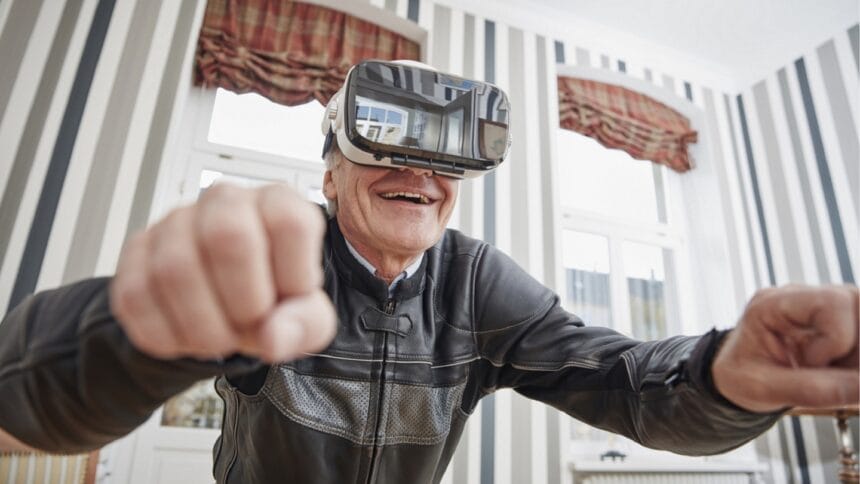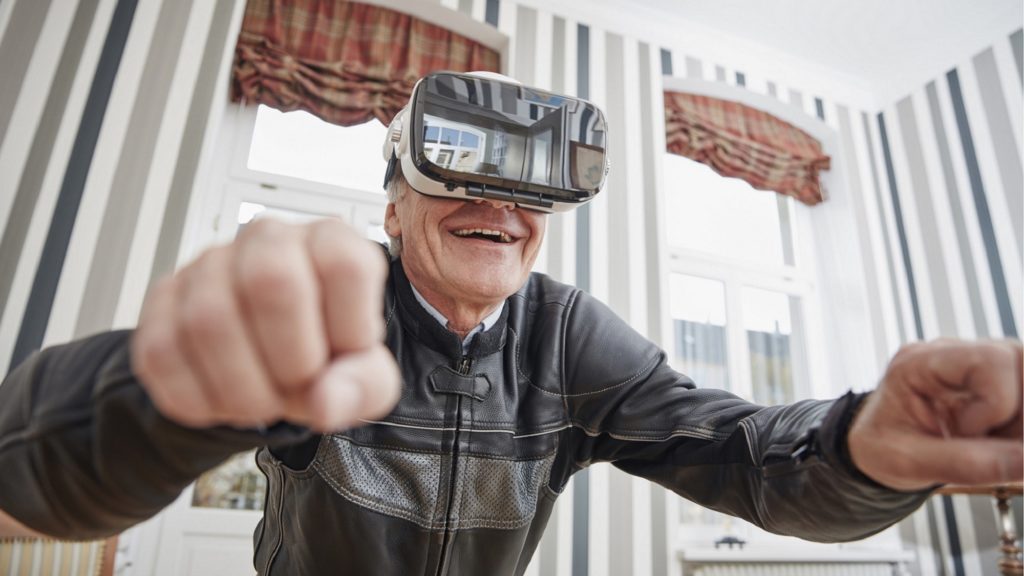

Video games are becoming a dominant entertainment feature in eldercare, one senior living operator touts, highlighting one community’s affinity for Wii Bowling and much more.
A recent review of the broad benefits video games can provide for older adults adds to the growing body of research that suggests game developers are targeting older cohorts, and even innovating directly for senior living residents.
The popularity of video games among communities managed by the Goodman Group prompted the company’s recent post, which makes the bold statement that video games and virtual reality are benefiting residents’ physical, cognitive and emotional well-being.
Those claims, however, are backed by various studies over the past few years, including one report involving more than 100 older adult participants that concluded that “playing may serve as a positive activity associated with successful aging.”
The virtual bowlers who live in communities run by the Goodman Group include those at The Village Senior Residence, an independent living, assisted living and memory care community in Missoula, MT, and The Inn on Westport, an independent living, assisted living and memory care community in Sioux Falls, SD.
Although one recent survey found that “only” 6% of video game players were age 65 and older, previous studies have shown that this cohort plays for longer periods of time, and more frequently, than even younger gamers, because they have more leisure time.
The physical benefits to gaming come from the development of more games, such as Wii sports, that involve some kind of movement. Although those games aren’t going to turn anyone into professional athletes, for older adults, using certain VR and game options helps with walking and coordination, the Goodman Group said.
Games that are more puzzle-oriented also increasingly are being used in memory care communities. Even the simple act of manipulating a joystick has applications that researchers are hoping to use to evaluate people living with Parkinson’s disease, the McKnight’s Tech Daily reported earlier this fall.


